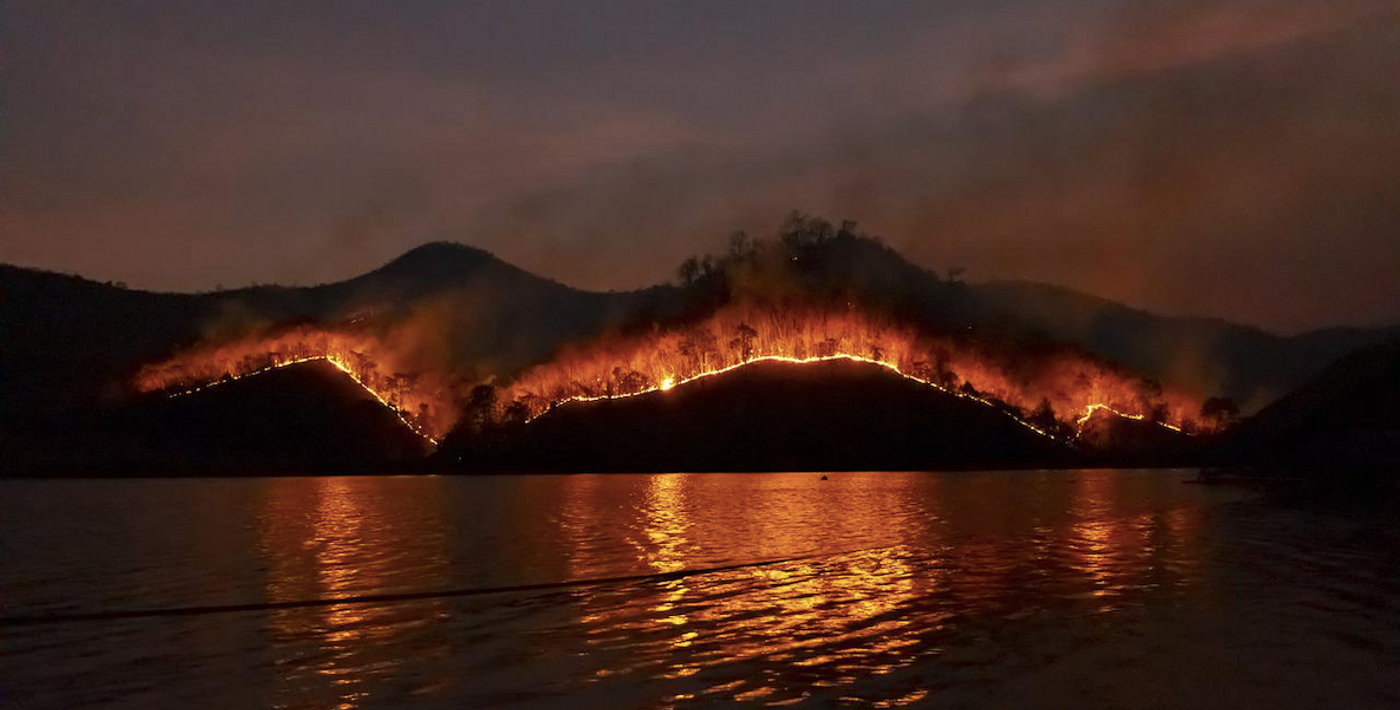Studying the Microbes That Can Survive a Megafire
As the planet warms, fires are becoming increasingly common in unusual places like the Arctic, and the size and season of fires is expanding in areas where wildfires typically occur. Scientists have been trying to learn more about how these fires impact soil microbes and fungi, which are thought to play an important if little-understood role in our climate. Two new research reports have examined the effects of fire on soil microbes.
California has seen several mega fires of unprecedented size in recent years. The planet is warming, the American West has been in a prolonged drought, and wildfires have been suppressed for many years, which has helped to create ideal conditions for these massive, destructive fires. Researchers have found, however, that fungi and bacteria can help the environment recover after the burn.
In new work reported in Molecular Ecology, scientists were able to assess soil samples obtained from the same plot of land in Monterey County, California both before and after the 2016 Soberanes fire.
The work showed that a huge decline in microbes had occured, unsurprisingly. But some lived. While as much as 70 percent of the microbial life had perished in the fire, some bacteria and yeast had survived, and their numbers were actually still robust.
There were more Actinobacteria species, bacteria that can aid in plant decomposition. There was also an increase in Firmicutes, which are highly beneficial to plants; they can control pathogens, promote growth, and break down heavy metals in soil. The investigators also identified fungi that had survived and thrived after the fire. Basidioascus yeast can resist heat and degrade some parts of wood, such as lignin.
"It's not likely plants can recover from megafires without beneficial fungi that supply roots with nutrients, or bacteria that transform extra carbon and nitrogen in post-fire soil," said lead author of the Molecular Ecology study, Sydney Glassman, UCR mycologist. "Understanding the microbes is key to any restoration effort."
The researchers also found that the fungi and bacteria that withstood the fire had genetic similarities. There were also genetic similarities among those that had died.
In Communications Earth & Environment, researchers assessed how bacteria grew in soil during the five years following a fire. The work showed that bacteria can make the soil healthier by generating nutrient and processing organic material.
They created a model that can simulate how carbon and nutrients in soil are impacted by wildfires that occur as the climate changes. This model was applied to a large fire that occurred in the arctic in 2007; it suggested that plants and shrubs recover faster from wildfires because of that microbial activity, especially when temperature and carbon dioxide levels increase.
Sources: University of California - Riverside (UCR), Lawrence Berkeley National Laboratory, Communications Earth & Environment, Molecular Ecology









